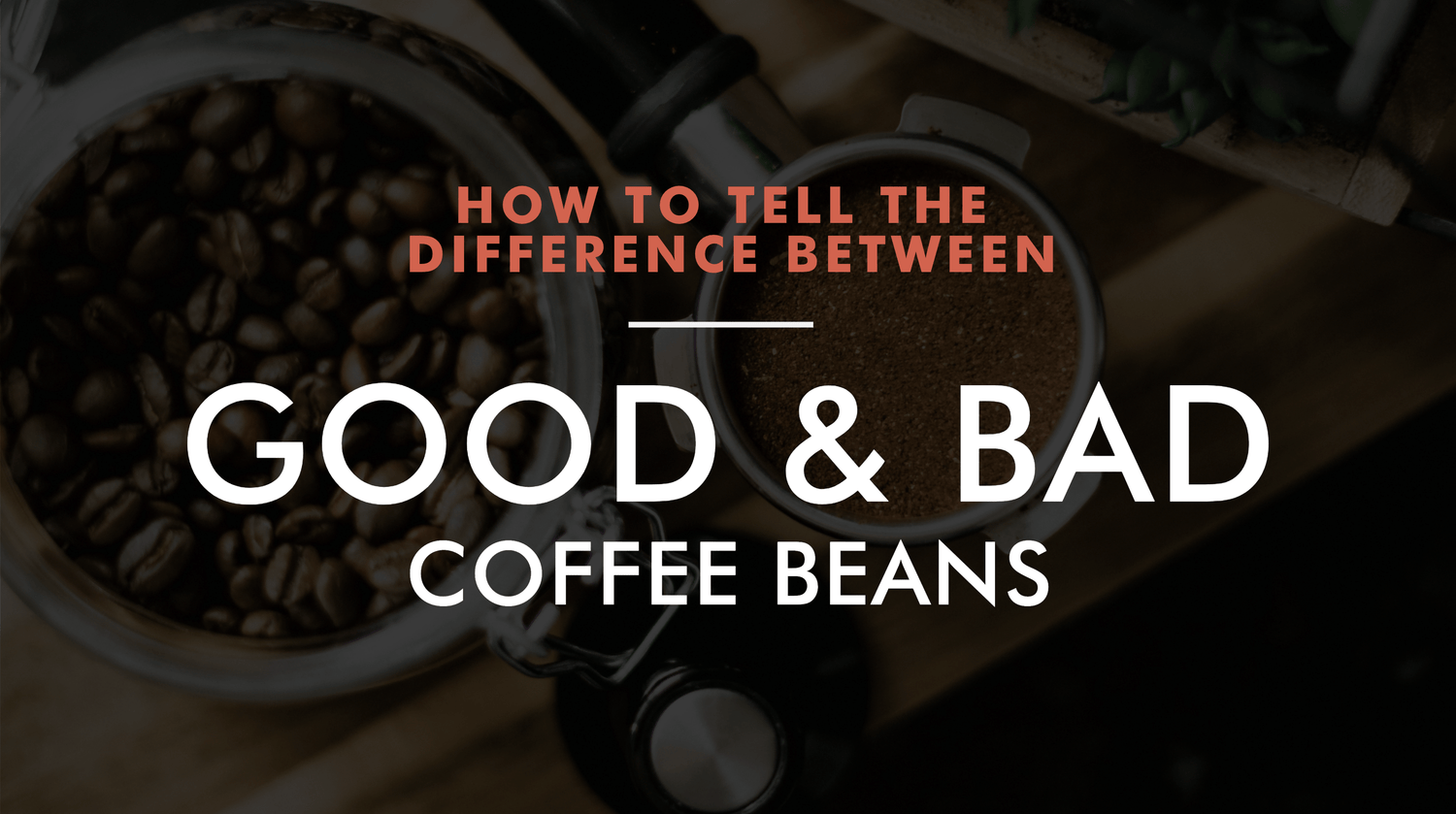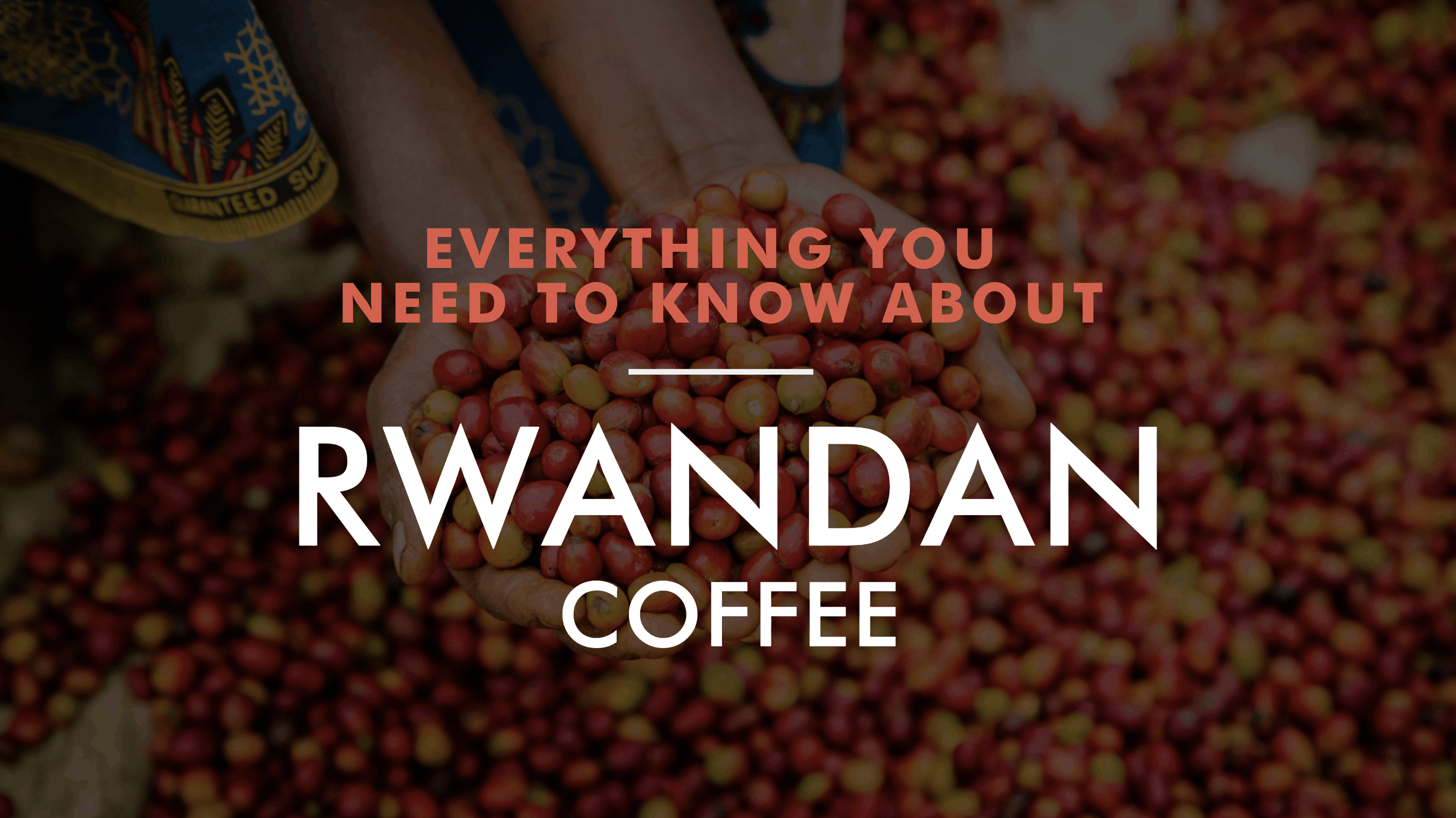Read time – 3 minutes, 50 seconds.
To put it simply, a good coffee bean is determined by whether or not it gives you a coffee that you like. However, if you want to start identifying what it is in particular that you like about a coffee, (so you know what to look for if your go-to coffee goes out of stock) – this is the blog for you!

1. Varieties
The two main varieties in coffee are Robusta and Arabica. And between the two, Arabica is seen as the better bean. This doesn’t necessarily mean that if a bean is Robusta, that it is bad, it’s just that the characteristics associated with “good” coffee tend to be more in line with an Arabica. So what’s the difference?
-
Arabica –
Arabica coffee is known for it’s smooth, soft taste, frequently with flavours of berries. These are sold at a higher price as the coffee plant needs more care and attention, as they are more fragile than Robusta.
-
Robusta –
Robusta tends to be very rich and strong in flavour, which is associated with more “traditional” coffee flavours. It’s cheaper to grow as it’s a stronger plant, meaning it’s also cheaper to buy. Though you can have low-quality Arabica beans in the supermarket, most instant coffee and cheaper grocery beans will be Robusta.
If you’d like an in-depth article about the differences between Arabica and Robusta beans, we found this great article that you can check out here!

2. Oily Beans
An easy characteristic to spot when seeing whether a bean is good or bad is whether the beans are oily. All coffee beans hold flavour that overtime are released. It then becomes a layer of oil on your beans, so it isn’t able to be extracted, and your coffee will be flavourless. There are some instances where oily beans don’t necessarily mean the coffee bean is bad, so use this rule as a general guide! For more on oily beans, check out this post here!

3. How It Pours
If your coffee shot is extracting in a way that looks wavy, fast-paced, and inconsistent, then the beans might not be great. A good coffee shot will be a light honey colour, a consistent pace.
Before completely deciding whether your beans are bad because of the pour, do consider the roast date. Coffee that is too fresh (close to the roast date) might pour with similar characteristics, so try just leaving the beans for 1-3 weeks and try again. If the beans are still extracting in a bad way, after waiting a few weeks, then it’s safer to determine that the beans are just bad.

4. Personal Preference
The ultimate determining factor between whether a coffee bean is good or bad is simply down to personal preference. We often say that the coffee industry needs to be treated more like the wine industry, where there is a significant focus on building a palette to identify and differentiate flavours between different types of drinks. Like wine, coffee also needs this to get a well-rounded idea of what specific parts of the drink you like and dislike. The specific parts of the coffee are the acidity, roast, flavours, and finish. If you haven’t heard of these terms before, here’s a quick overview of what they mean.
-
Acidity –
Acidity is charted on a scale of sweet to acidic. Most people enjoy an acidity that is somewhere in the middle, which we’d describe as balanced or medium. “Bad” coffee tends to be made when beans are very acidic, which will make your coffee taste very bitter. This will more likely be seen in dark roasts. Remember though, it’s all down to personal preference, and although its more commonly looked at as bad, you might enjoy a high acidity coffee. The other side is sweetness, which will more often found in lighter roasts. Some people find this sort too sweet.
-
Roast –
The most common types of roasts are light, medium, and dark. There are additional roasts that build off of those but to keep it simple, we’ll stick to the basic 3 for now. The ‘lightness’ or ‘darkness’ of a bean depends on how long it’s been roasted for and will affect the way the bean taste. For light roasted beans, you’ll get an intense sweet flavour in your coffee. Medium roast is what we generally use for espresso-based coffee because it’s what most people like as it’s the in-between. Dark roast beans will be bitter and very strong in flavour.
-
Flavours –
When you develop a palate for coffee, you can begin to taste the flavours easier. This can be anything from vanilla, apple, blueberry, mint, chocolate, apricot, toffee, pomegranate, etc. the list goes on.
If you haven’t developed a palate, you can also determine flavours by the location of where your coffee comes from. For example, some like coffee that has been grown in Guatemala, or from PNG. This is because, especially in smaller countries, the flavours are influenced by the soil, altitude, air, etc. so coffee from one country will tend to have similar flavours, even if they’re from different farms.
-
Finish –
This is the lingering aftertaste that remains after you take a sip. The flavour should linger for a short while, however, if it immediately has a bad aftertaste, it is a bad finish and therefore a bad coffee.

When thinking about whether a coffee bean is good or bad for you, take into consideration the variety, what the beans look like, whether it pours well, and, your personal preference on acidity, roast, flavours and finish! Over time you’ll start to notice the things you frequently enjoy and don’t enjoy, and you’ll be able to find the best bean for you!



